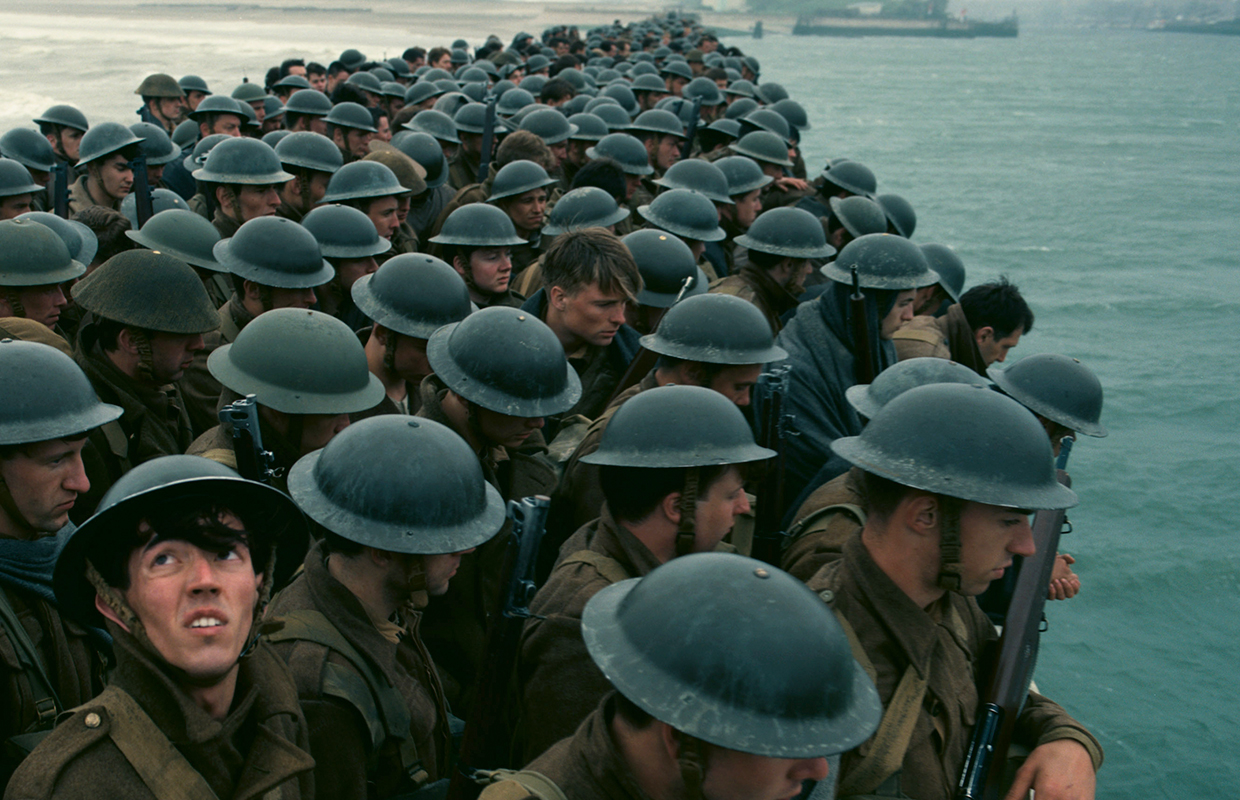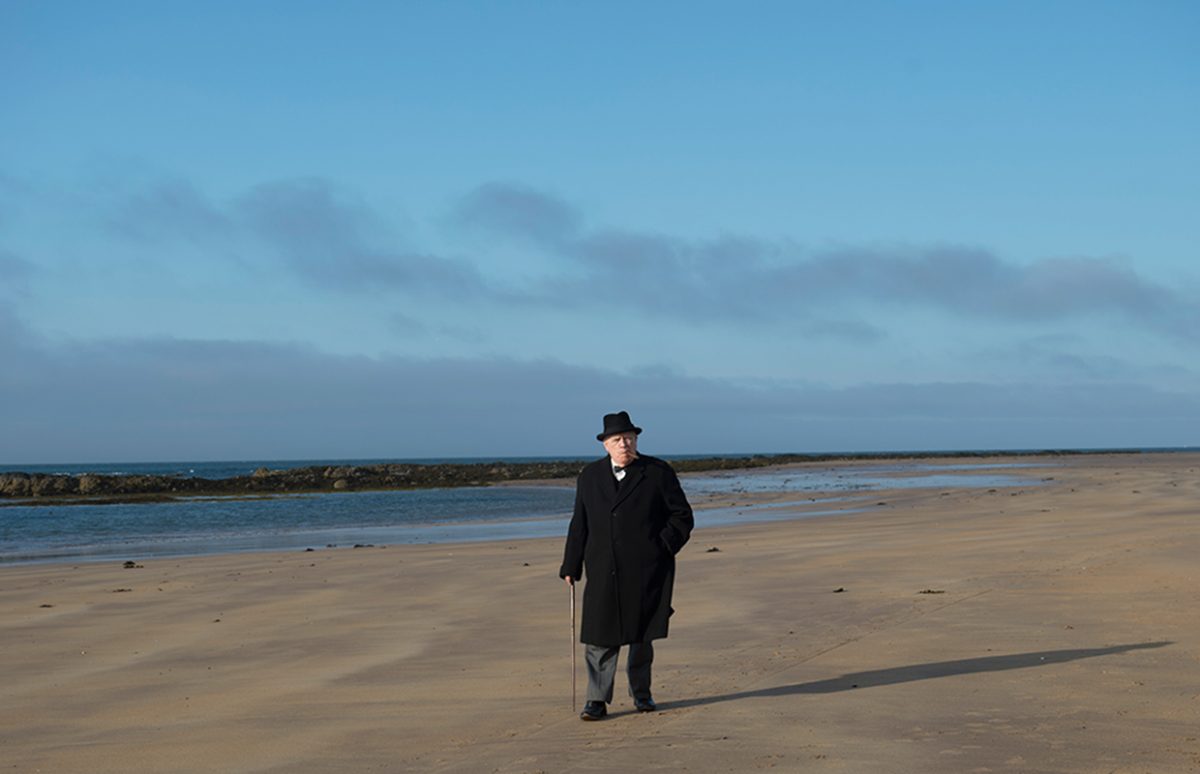Churchill is a portrait of the wartime British Prime Minister, not as a one-dimensional heroic leader but as a far more human, and in some ways more likeable, character with all the frailties and contradictions that implies.
Every country needs its national myths and in the wake of WW2, Britain constructed one where British people were plucky and pulled together to "do their bit" whether it was on the battlefield or the "home front". They were inspired to acts of fortitude by an extraordinary leader and his rousing speeches. A man who, like his people, came into his own when under fire.
It is easily forgotten that the successful administration of the country in WW2 was not down to a single man but a coalition government that put aside sectarian differences for the duration. No matter that saying Churchill was a great war leader only contrasted with his lacklustre peacetime leadership. Or that his WW2 leadership, luckily for him, eclipsed his catastrophic tenure as First Lord of the Admiralty in WW1 that led to the Gallipoli massacre.
That is the crux of the film, which focuses on the six days leading up to the D-Day landings in Normandy in 1944. Brian Cox plays Churchill as a tortured man, very ambivalent about the Allied attack, terrified it could end up just like Gallipoli, when British and colonial troops landing on the supposedly lightly defended Turkish peninsula were mown down in their thousands. Over the course of the campaign, 60,000 Allied troops died and 278,000 more were injured.
The Gallipoli campaign was so traumatic for the ANZAC forces (Australia and New Zealand Army Corps) who made up the bulk of the troops that those countries war remembrance commemorations are still called ANZAC Day.
Churchill was so traumatised he resigned from the government and joined the Army as an infantry officer in the French trenches – and act that seemed suicidal since the survival rate for officers was extremely low.
The film reveals that far from a united Allied front about D-Day, Churchill opposed Allied commander General Eisenhower right up to the landings.
In this clip, Churchill shows his reticence in a face-off with General Eisenhower and commander of the British forces General Montgomery.
In the trailer, Miranda Richardson playing Churchill's wife Clemmie sums up Churchill's role in D-Day: "Try acting like a hero, Winston, and then maybe people will believe that you are one." It worked. What the collective memory retained is Churchill bullishly declaring "We will fight them on the beaches."

The Many Faces of Churchill
It seems that every English-speaking actor with a certain embonpoint is getting in on the Churchill act at the moment. After the Scot Brian Cox in Churchill and the American John Lithgow in Netflix series The Crown, next year Englishman Gary Oldman will play Churchill right at the beginning of his wartime premiership, in Darkest Hour.

In the meantime, another British WW2 war myth will soon get the cinematic treatment – the evacuation of Dunkirk in 1940. After an ignominious defeat by the Germans, the British Army needed to retreat back home from France. But there was the small matter of the English Channel to cross. What was indisputably a defeat was turned around when hundreds of small civilian boats and their crews volunteered to help with the evacuation and managed to bring 340,000 British, colonial, French and Belgian soldiers safely back to the UK.
Copyright(s) :
©2016 SALON CHURCHILL LIMITED
> Battle of Britain and Blitz Teaching Tools





